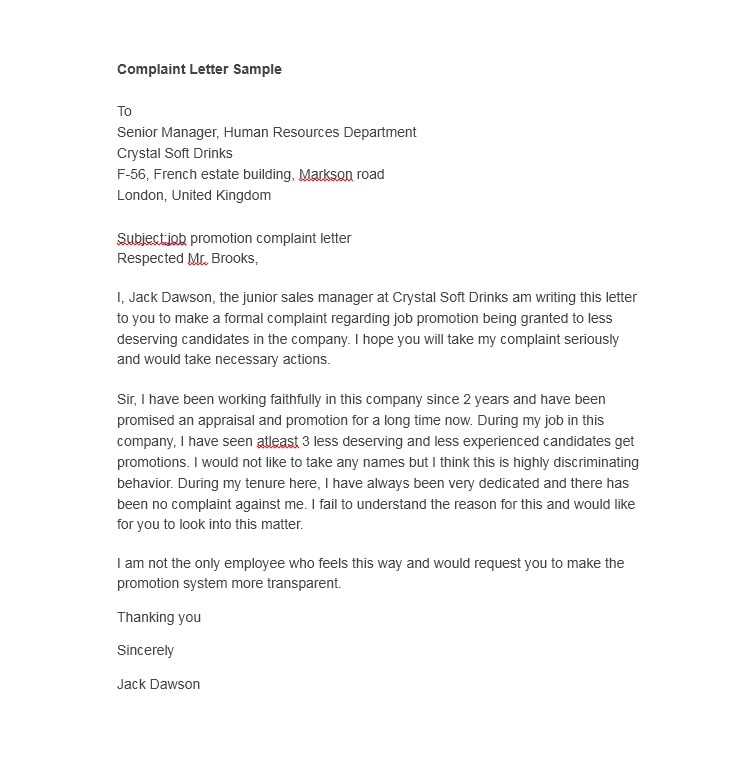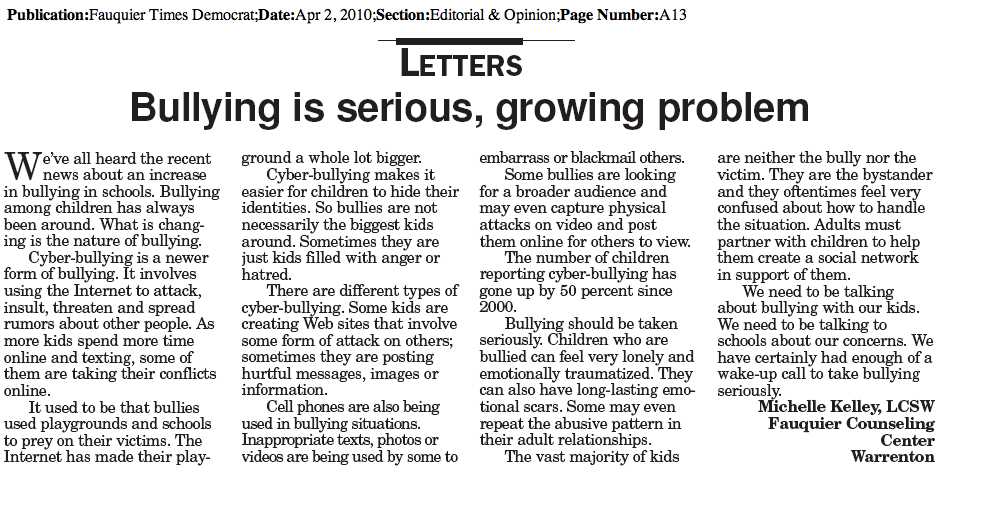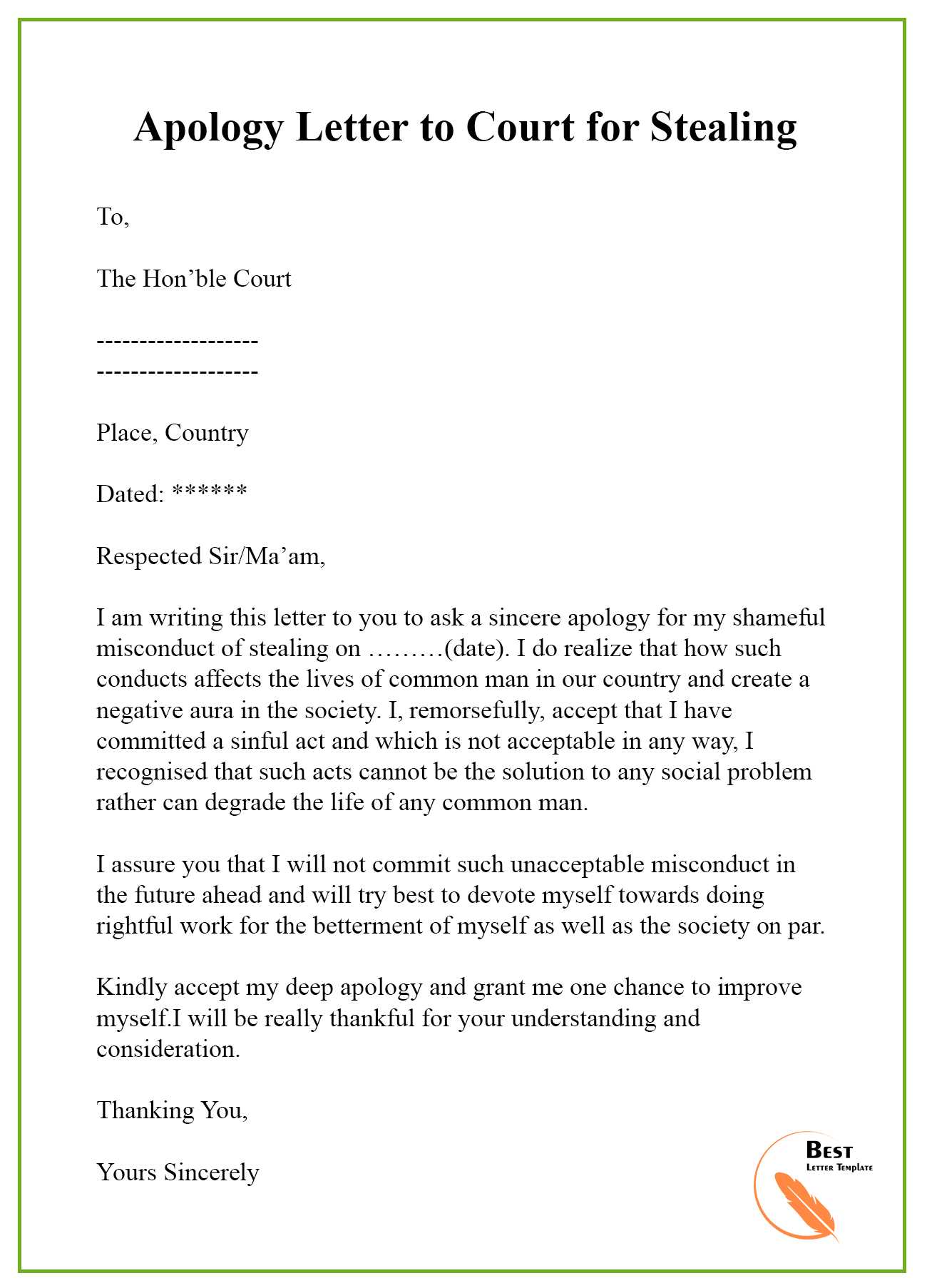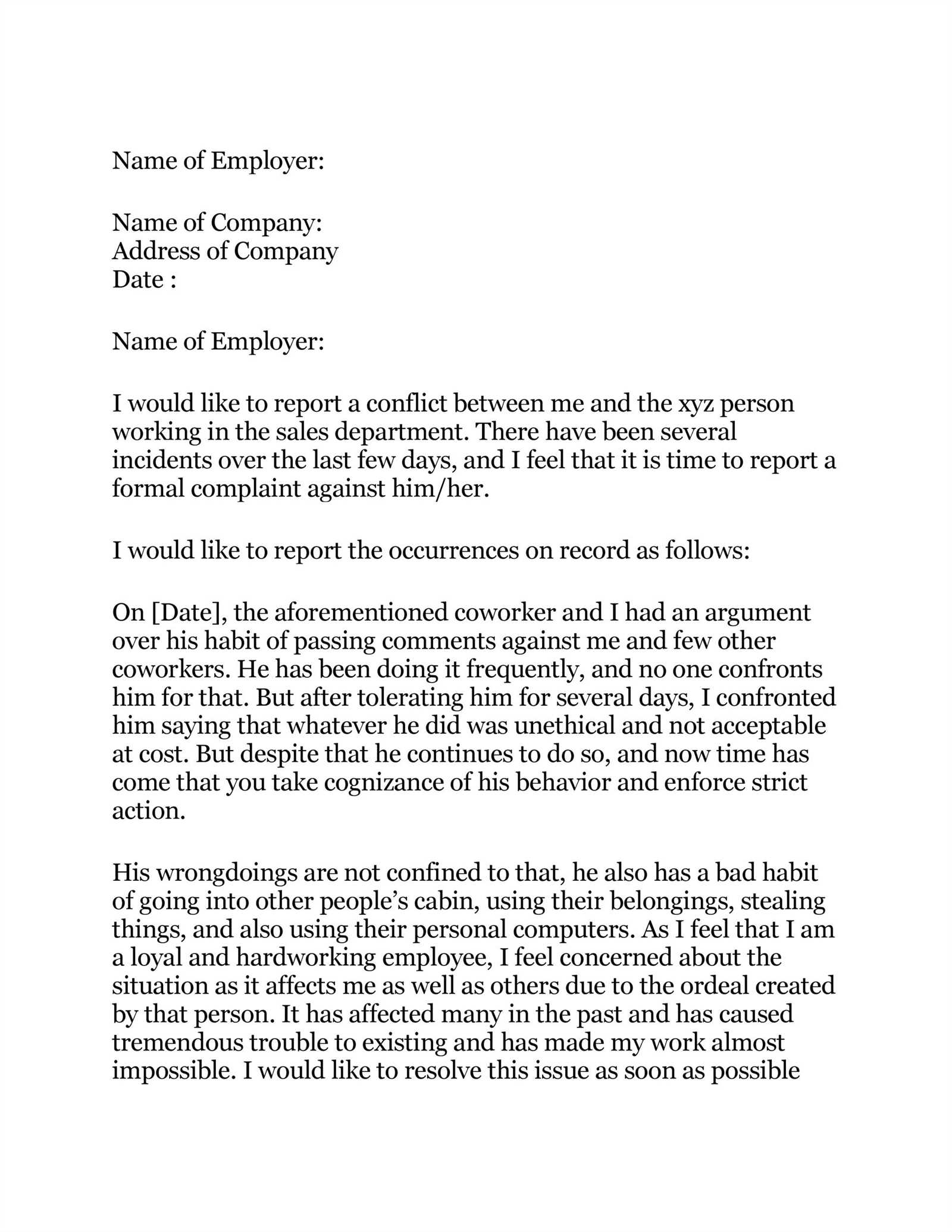Bullying letter template

When dealing with bullying, writing a letter can be a powerful way to address the situation and make your feelings known. Be clear, direct, and assertive in your approach. A well-crafted letter can serve as both a way to express your experience and request necessary action.
Start by clearly identifying the behavior you are addressing. Outline specific incidents, including dates, locations, and any individuals involved. Avoid emotional language or generalizations; focus on facts. This helps ensure your message is received without ambiguity.
Be respectful but firm. While it’s important to express your feelings, keep the tone professional. Avoid attacking language or accusations that may escalate the situation. Focus on how the bullying has affected you and request what you believe is necessary for resolution.
Conclude by stating your desired outcome. Whether it’s a change in behavior or intervention from the appropriate parties, be clear about what steps you expect to be taken. This gives the recipient a clear understanding of your expectations and the seriousness of the matter.
Drafting a Clear and Concise Bullying Report
Describe the bullying incident with precise dates, times, and locations. Include who was involved, specifying the roles of the individuals. Clearly state the actions that occurred, focusing on the behavior that is considered bullying.
Keep the language straightforward and factual. Avoid unnecessary opinions or emotional language. Stick to what you know and observed directly, documenting each incident separately if there were multiple occurrences.
Provide evidence such as screenshots, messages, or witness statements, if available. This strengthens the credibility of your report and helps clarify the sequence of events. If applicable, mention any previous attempts to address the situation or report it to authorities.
Conclude with a brief request for action, explaining what you hope will happen next. Whether it’s an investigation, intervention, or simply raising awareness, state your expectations clearly and respectfully.
Choosing the Right Tone for Your Letter
The tone you use in your letter plays a significant role in how your message is received. Tailoring the tone to the situation ensures clarity and improves the likelihood of a positive outcome. Consider these points when selecting your tone:
- Be Direct but Respectful: Clearly state your concerns, but avoid aggressive language. This creates a balanced approach, showing both seriousness and respect.
- Avoid Emotional Extremes: Keep the tone neutral. Strong emotions such as anger or frustration can overshadow the purpose of your letter, making it harder to address the issue effectively.
- Consider the Relationship: Adapt the tone depending on your relationship with the recipient. If the person is a colleague, maintain a professional tone. For a more personal connection, you can soften the language, but remain respectful.
- Use Polite Language: Even in difficult situations, politeness maintains a constructive atmosphere. Phrases like “I would appreciate” or “Could you please” demonstrate professionalism and respect.
- Be Clear and Concise: A simple, clear tone helps prevent misunderstandings. Avoid unnecessary words and focus on the key issue to make your letter straightforward.
Choosing the right tone is not about being too harsh or overly friendly. It’s about being clear, respectful, and appropriate to the context and the recipient.
Providing Supporting Evidence in Your Letter
Attach any relevant documents that reinforce your claims. This could include emails, screenshots, or witness statements that detail the bullying incidents. Make sure the evidence is clear and specific, as this will strengthen your position.
Gather Written Statements

Ask colleagues, friends, or others who have witnessed the bullying to provide written statements. Their accounts will help demonstrate the recurring nature of the situation and give more credibility to your claims.
Include Dates and Specifics
Provide dates, times, and locations for each incident. The more precise your evidence is, the easier it will be for the reader to understand the pattern and severity of the bullying. Mention any previous attempts to address the issue, as this shows your willingness to resolve the matter amicably.
Addressing the Right Authority Figures
To tackle bullying effectively, it’s crucial to reach out to individuals who can make meaningful changes. Start by contacting school administrators, such as the principal or vice principal, if the issue takes place at school. They have the authority to investigate the situation and enforce policies. If the bullying occurs outside of school, consider contacting law enforcement or local community leaders who handle such issues.
Identify the Best Contact Person
It’s essential to find the right person who has the capacity to act. This could be a teacher, counselor, or specific staff member assigned to handle bullying cases. Each individual or team has different roles and responsibilities, and reaching the most appropriate person will streamline the process.
Prepare Your Message
Clearly outline the bullying incidents, including dates, locations, and any witnesses. Keep your message brief but specific to ensure the authority figure understands the severity and context of the situation.
| Person to Contact | Role | Best Time to Contact |
|---|---|---|
| Principal | Has the authority to take disciplinary actions | During school hours |
| School Counselor | Can provide emotional support and mediation | Before or after school |
| Local Authorities | Handles cases of bullying outside of school | Business hours |
Requesting Action and Specific Outcomes
Clearly outline the expected actions to address the issue, specifying any immediate steps that should be taken. Indicate the desired response time, ensuring the request is reasonable and achievable. For example, ask for an official investigation into the matter within a set timeframe or request a meeting to discuss the situation directly.
Be Direct and Precise
State the exact changes or resolutions you are seeking. Whether it’s improved monitoring of interactions, policy adjustments, or personal accountability, make your expectations clear. Instead of vague requests, ask for a specific action such as, “I expect a formal apology from the individual involved within the next five business days,” or “Please provide an update on how this situation is being handled by [date].”
Clarify Consequences
Make it known that failure to address the matter will result in further action. Mention potential follow-ups, like escalating the issue to higher authorities or pursuing legal options, but avoid sounding threatening. The goal is to convey seriousness while maintaining a professional tone.
Follow-up Strategies After Sending the Letter

Set a clear timeline for follow-up. Wait at least one week after sending the bullying letter before reaching out again. This allows the recipient time to process the information and consider their response.
Reach Out Professionally
Follow up with a polite and professional email or phone call. Reference your previous letter and politely inquire if they have any questions or need further clarification. Keep your tone neutral and respectful to maintain a constructive dialogue.
Document All Communications

Maintain a record of all interactions, including emails, phone calls, and meetings. This documentation is crucial if the situation escalates and further action is required. Keep copies of any responses you receive as well.
If no response is received within a reasonable timeframe, consider escalating the matter to the appropriate authority or organization. Always be prepared to continue the conversation with clear facts and a calm demeanor.